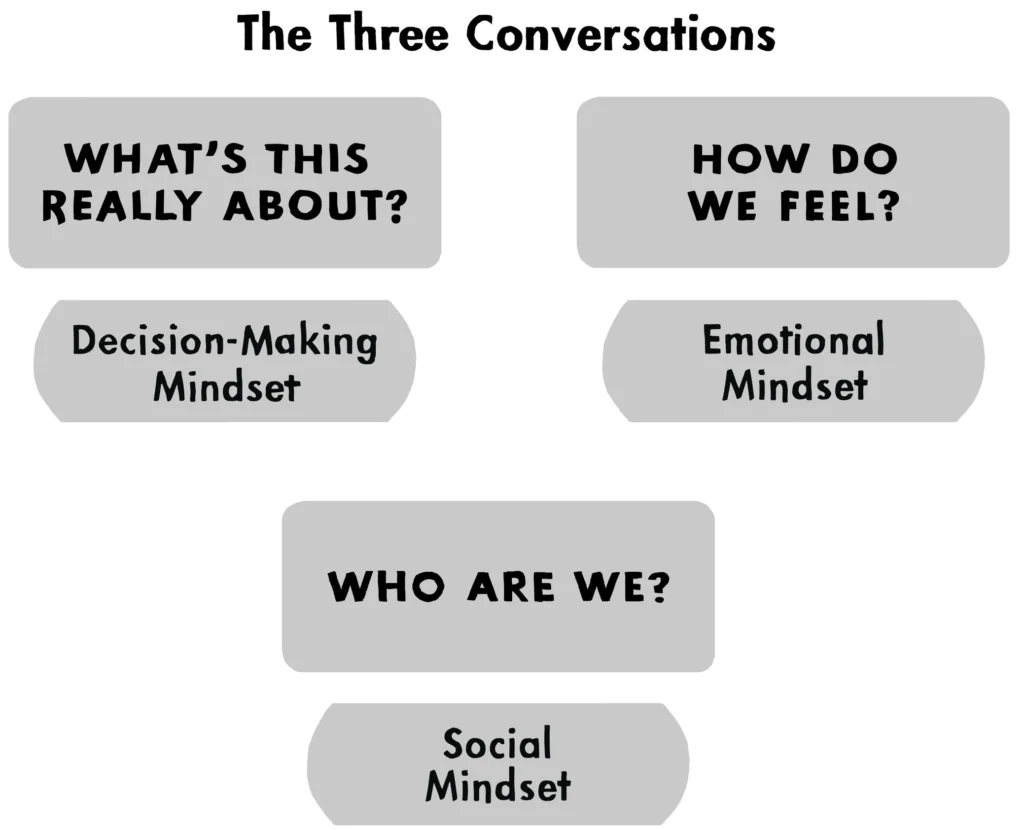Ever wondered how spies manage to recruit double-agents? or how rifle-toting members of the NRA could find common ground with those who want to abolish guns in America? This is a practical and yet exciting guide to how to get better at communicating with friends, family and colleagues.
Rating: 🌟🌟🌟🌟🌟
Genre: Non-Fiction, Psychology, Communications
Publisher: Penguin
Review in one word: Fascinating
As a guide for meaningful improvement to one’s personal and professional communication, Supercommunicators by Charles Duhigg excels in every way. However, it’s more than that, with lessons drawn from immensely complex situations in the world it manages to clarify and codify the ways to make communication work in the most desperate and hostile of situations.
The different rules for communicating are thematic and are wrapped around with real world scenarios and real world people and what they have learned from successful and failed attempts to communicate. This makes the takeaway learnings incredibly meaningful and memorable.
You can easily identify the tactics that work and those that are likely to fail and that you should avoid.
As someone who communicates for a living, I still find people and their emotional complexity stressful and confusing. Here’s a book to help you not put your foot in the mud and to maintain and grow relationships with people wherever you can.

Steps to becoming a ‘Supercommunicator’
1. Recognise and adapt to whatever kind of conversation is going on
This is a critical first step to building meaningful connections with people. To do this you need to recognise what form of conversation is going on.
Practical conversation: About decision-making, problem-solving, is action-focused. What’s this really about?
Emotional conversation: Allows people to express their feelings, memories and experiences and fosters empathy between people. How do we feel?
Social conversation: Is about identities, relationships, how people perceive themselves and interact with others. Who are we?
When we synchronise with others in the conversation we literally sync our brain waves together with others in the conversation and this enhances empathy and mutual understanding.
Reflect on your intent before engaging, actively listen, ask open-ended questions, and share your experiences when appropriate.

2. Practical Conversations: Decision-making and problem-solving
These conversations revolve around logistics and steps necessary to achieve specific objectives. They are task-oriented and often involve planning, organising, and coordinating efforts to meet a goal.
Understanding the essence of practical conversations – those that ask, “What is this really about?” – is crucial for engaging in meaningful discussions. These conversations often arise when surface discussions hint at deeper, unaddressed issues or when the real topics of interest are being avoided.
Key question: “What is this really about?” This question helps to clarify the core issue or task at hand, ensuring that everyone is on the same page and working towards a common objective.

3. Emotional Conversations: Expressing feelings and fostering empathy
Emotional conversations often want to discover ‘How are we feeling?’ .They allow individuals to voice their emotions and find empathy. They deepen connections on a personal level by acknowledging and validating feelings, creating a sense of understanding and support.
Key focus: Listening and responding to emotional cues. This involves being attentive to the emotional undertones in the conversation and responding in a way that shows empathy and understanding.

4. Social Conversations: Exploring identities and relationships
These conversations delve into how individuals perceive themselves and interact with others. They often involve discussions about personal beliefs, values, and social dynamics, helping to build and reinforce social bonds. They ask the underlying question: ‘Who are we?’
Key focus: Understanding social dynamics and personal narratives. This means being aware of the broader context in which conversations occur, including social roles and relationships.

Key Tactics in order to become a ‘Supercommunicator’
Reflect on your intent
Before engaging in any conversation, take a moment to reflect on your purpose. Ask yourself, “Why am I speaking?”
Reason: Clarifying your intent helps ensure that your approach is aligned with the conversation’s needs. Whether you’re aiming to solve a problem, express emotions, or explore social dynamics, understanding your goals helps guide the interaction.
Actively listen when others are speaking
Demonstrate that you’re truly engaged by nodding, maintaining eye contact, and paraphrasing what has been shared.
Reason: Active listening confirms your understanding and shows your conversation partner that their thoughts and feelings are valued. This level of attentiveness builds trust and signifies to others that they’re being heard and their thoughts are being respected.
Ask open-ended questions
Ask questions that demonstrate that you have been deeply listening and that prompt more than simple yes or no answers.
Reason: This approach signals your genuine interest to your conversation partner and encourages them to share more comprehensively. Open-ended questions pave the way for a more nuanced dialogue, allowing for deeper exploration of topics.
Reciprocal Sharing
Share your own experiences and emotions when appropriate.
Reason: Reciprocal sharing creates a stronger bond between you and your conversation partner. It fosters an environment where both parties feel comfortable opening up more freely, deepening the connection.
Recognising Conversation Cues
Identify signs of disconnect or superficial engagement between you and others. Such as polite exchanges that avoid the core issue or hesitation to address what’s genuinely on everyone’s mind.
Reason: Addressing these cues can lead to more effective and meaningful dialogue. By recognising and confronting the real issues, you can steer the conversation toward more meaningful exchanges.
Brain Synchronisation
Aim to align your brain activity with your conversation partner’s through meaningful exchanges.
- Reason: Promoting empathy and shared understanding can physically harmonise brain activity, making your conversations more captivating and profound. This neurological sync underscores the power of communication and the importance of shared empathy.
I have added these notes from the book for my own future reference. However, if you don’t have time to read the book, this summary should provide a brief nutshell theory behind it. Supercommunicators is genius and well worth the purchase. Part of its genius are the interwoven narratives that reveal compelling real-world cases where someone has overcome a seemingly impossible, high stakes communications problem by using these tactics. I will treasure this book and its tactics forever. Highly recommended!



I’m reading this book at the moment, and loving it.
LikeLiked by 1 person
Oh brilliant! I am so glad you are loving it. I found it so helpful as well especially with difficult conversations
LikeLiked by 1 person